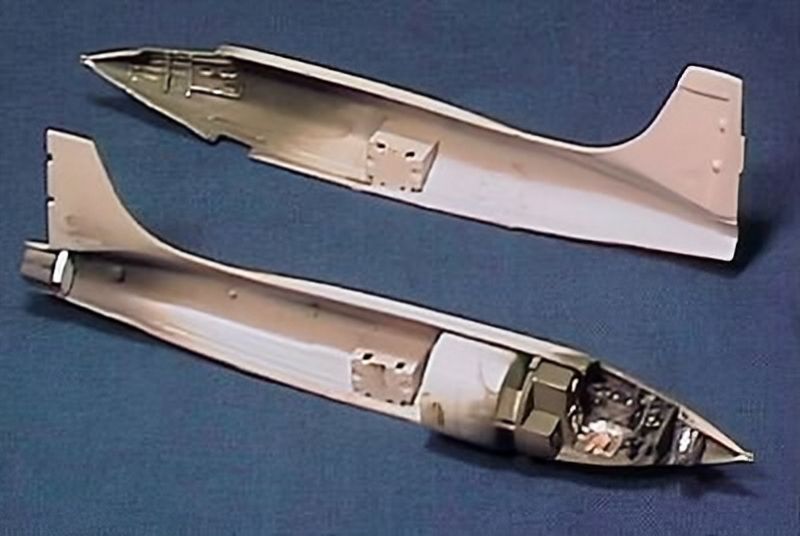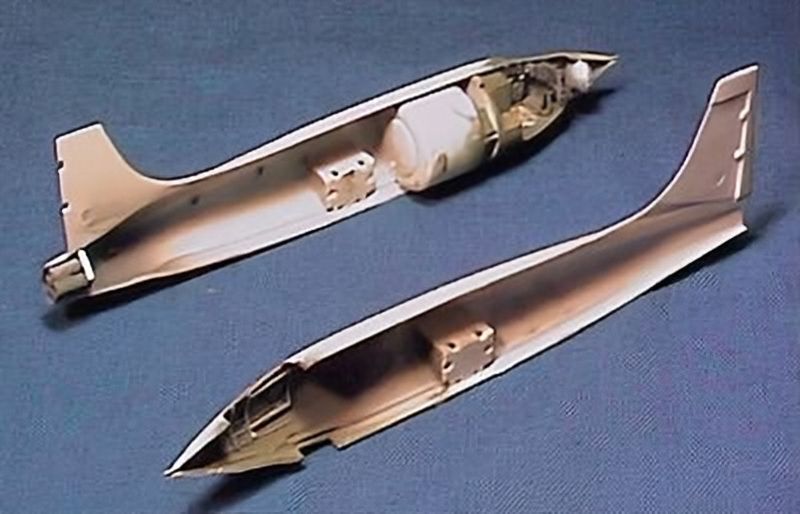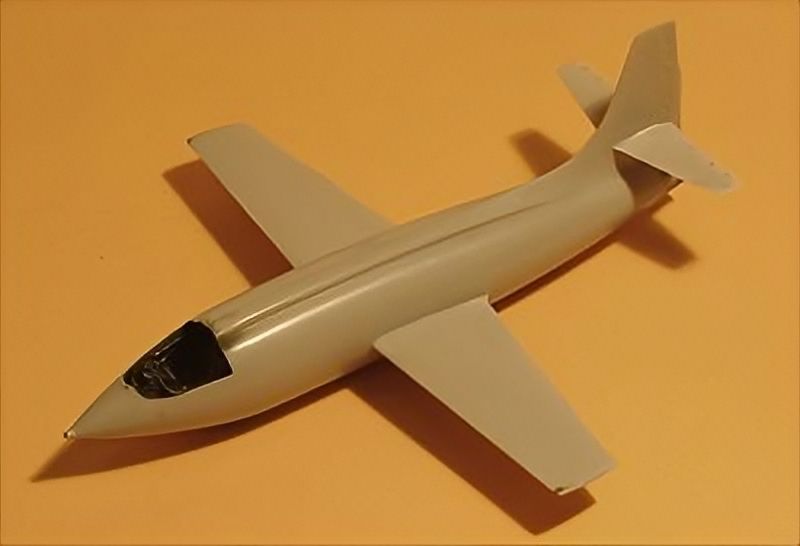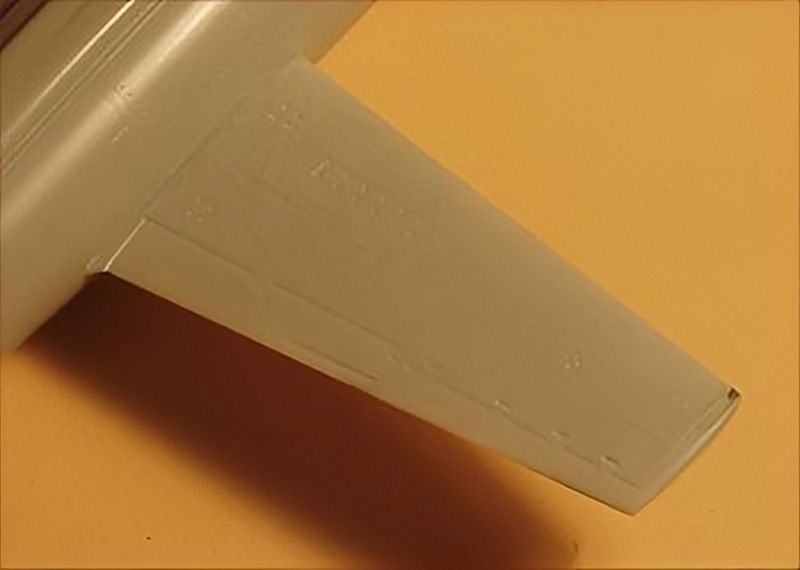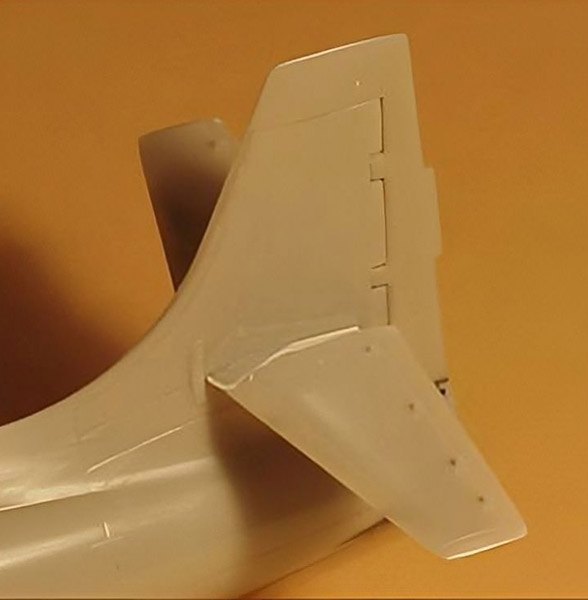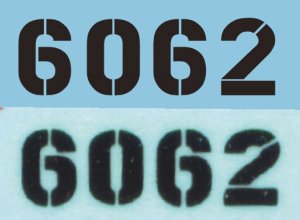Tamiya 1/72 Bell X-1
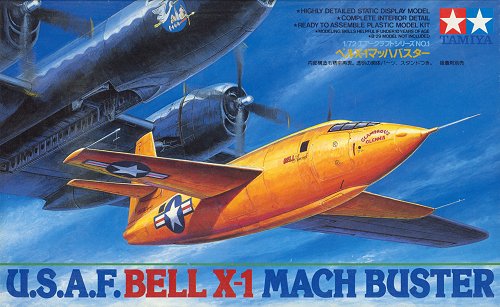
| I bought this little Tamiya kit in 1996. This kit was originally issued in 1989 by Hobby-Spot-U, a Japanese model shop that produced a few models (their XF5U Flapjack went to Hasegawa). It looks like a great little kit in the box, with excellent detailing. You get an extra set of clear fuselage halves, in case you want to show the internal fuel tanks and rocket engine.
The combination of the twisted fuselage repairs and some dodgy rescribing really took the fun out of this project. I've also lost most of the interest in the subject. Therefore I decided to stop this build. |
